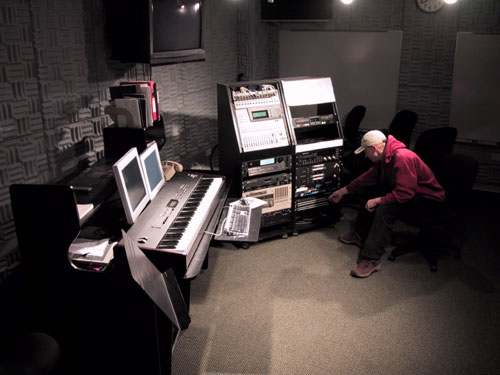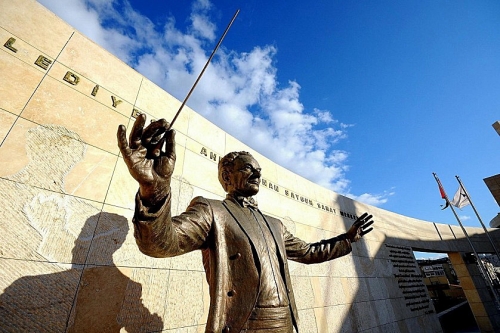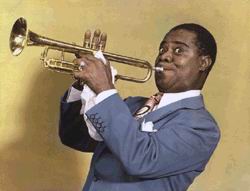impair perception
Romance
 The word romance takes us to the Middle Ages in Spain. In those days, in addition to the everyday ordinary language, there was another – Latin. Scientists wrote books on it, church prayers were performed. We studied it in our pre-revolutionary gymnasiums. Latin was recognized as the official language of the Catholic Church. Although this language was widely spoken, it was not widely available. Latin was known only to literate people, and there were incredibly few of them at that time. And then, along with church writings in Latin, songs and poems of the people’s warehouse, which were performed in the Romanesque (Spanish) language, began to appear. Hence the name “romance”. From Spain, romances quickly spread throughout Europe, and at the end of the 18th century appeared in Russia. Of course, here they did not sound in Spanish, but the name stuck. Continue reading
The word romance takes us to the Middle Ages in Spain. In those days, in addition to the everyday ordinary language, there was another – Latin. Scientists wrote books on it, church prayers were performed. We studied it in our pre-revolutionary gymnasiums. Latin was recognized as the official language of the Catholic Church. Although this language was widely spoken, it was not widely available. Latin was known only to literate people, and there were incredibly few of them at that time. And then, along with church writings in Latin, songs and poems of the people’s warehouse, which were performed in the Romanesque (Spanish) language, began to appear. Hence the name “romance”. From Spain, romances quickly spread throughout Europe, and at the end of the 18th century appeared in Russia. Of course, here they did not sound in Spanish, but the name stuck. Continue reading
Psychosomatic reactions to certain types of musical art
 Music at all times, since its inception, has been used as a means of influencing people’s consciousness. With its help, different goals were achieved. Knowledgeable people wisely approached the musical design of their events.
Music at all times, since its inception, has been used as a means of influencing people’s consciousness. With its help, different goals were achieved. Knowledgeable people wisely approached the musical design of their events.
For example, the Christian church forbade music in its churches, until the reign of Pope Gregory I, who allowed, and even wrote music for the performance of prayers. However, this music was supposed to be not emotional, without accompaniment, and the male choir sang songs in unison. This style is called Gregorian singing. Continue reading
Brain “under the jazz”
 When jazz musicians improvise, areas that are responsible for self-censorship and inhibition of nerve impulses are turned off in their brain, and instead, areas that open the way for self-expression are turned on.
When jazz musicians improvise, areas that are responsible for self-censorship and inhibition of nerve impulses are turned off in their brain, and instead, areas that open the way for self-expression are turned on.
A companion study at the Johns Hopkins University, in which volunteer musicians from the Peabody Institute participated, and in which the functional magnetic resonance imaging (fMRI) method was used, shed light on the mechanism of creative improvisation that artists use in everyday life.
Jazz musicians, improvising, create their own unique riffs by turning off braking and turning on creativity.
Scientists from the Medical University, National Institute of Deafness speak about their interest in a possible neurological basis of a state close to the state of trance, into which jazzmen fall, starting spontaneous improvisations. Continue reading



